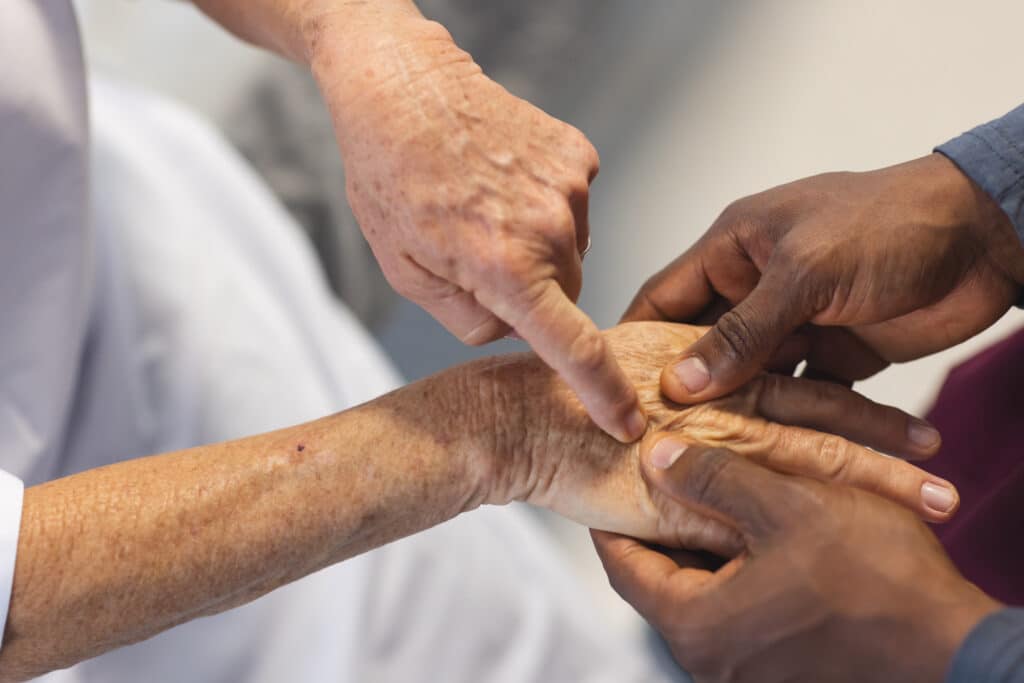Neuropathy, a condition affecting millions worldwide, is characterized by injury of the peripheral nerves, leading to debilitating symptoms including pain, numbness, and weakness. For those who suffer from neuropathy, daily life can become a struggle, with medical interventions often not meeting expectations. However, recent progress in research and treatment are bringing hope for patients. Innovations in comprehending nerve function and new therapeutic approaches are creating more effective solutions.
Recent studies are diving into the underlying mechanisms of neuropathy, offering insights into methods to tackle this complex condition. From groundbreaking medications to lifestyle adjustments and alternative therapies, the landscape of neuropathy treatment is undergoing significant changes. As researchers persist in investigating these promising avenues, patients and healthcare providers alike are keen to understand how these developments could make a difference and enhance the well-being of those afflicted by neuropathic pain.
Understanding Nerve Damage
Nerve damage refers to a spectrum of conditions that affect the nervous system, causing indicators such as pain, frailty, and loss of sensation. These symptoms often arise when the nerve fibers that transmit messages between the central nervous system and the remaining of the system become dysfunctional or dysfunctional. This condition can impact various sensory functions and dimensions of bodily functioning, rendering everyday activities challenging for affected individuals.

The disorder can occur for numerous reasons, including diabetes, infections, toxic exposure, and hereditary factors. Diabetic neuropathy is one of the most common forms, as chronic high blood sugar levels can hurt nerve fibers over a duration. Other types of neuropathy may be caused by autoimmune diseases, vitamin deficiencies, or prolonged pressure on nerves, such as due to repetitive motions or injuries.
Understanding the particular type of nerve damage is vital for successful treatment. Each type may require a different treatment approach, from drugs to changes in daily habits and rehabilitation. As investigations advance, new insights into the root mechanisms of neuropathy are creating groundbreaking treatments that may enhance the quality of life for people with neuropathy.
Latest Progress in Therapy
Recent studies in the treatment of neuropathy has revealed several innovative strategies that exhibit considerable hope. One of the key advancements is the introduction of regenerative medicine techniques, including stem cell therapy. These approaches strive to repair damaged nerve tissues and recover normal function. Trials are currently ongoing, assessing the effectiveness of these interventions in various types of neuropathy, particularly diabetic and resulting from chemotherapy neuropathies. Early results show potential benefits, providing optimism to patients who have dealt with long-term pain and numbness.
Another noteworthy development comes from the field of neurostimulation. Methods such as electrical nerve stimulation and spinal cord stimulation aim to change nerve activity and alleviate pain without the need for medication. These therapies are becoming more sophisticated, employing state-of-the-art technology to provide targeted stimulation. Patients claim enhancements in the management of pain and overall well-being, suggesting that neurostimulation could play a critical role in future advancements in neuropathy care.
Moreover, emerging drugs are on the rise, focusing on pain relief through approaches different from traditional analgesics. pain treatment are studying compounds that focus on specific biological pathways involved in nerve pain, possibly lessening side effects commonly seen with current medications. The prospect of these new drugs may lead to more effective treatments that enhance everyday life for individuals experiencing neuropathy, contributing to the overall aim of advancing patient outcomes in this difficult area of medicine.
Future Directions in Research
The prospective of nerve damage research is set for exciting advancements as researchers explore innovative methods to treatment and care. One of the exciting avenues includes the investigation of genetic treatment as a potential solution for hereditary neuropathies. By targeting specific genetic mutations that lead to neuropathic conditions, researchers aim to create tailored therapies that can correct the underlying causes of nerve damage. This customized approach could significantly improve outcomes for patients suffering from various neuropathic disorders.
Another area of interest is the potential of tissue regeneration, particularly the use of adult cells to encourage nerve regeneration. Research are looking into how stem cells can be utilized to restore function and repair damaged nerves. These methods could transform treatment options for neuropathy by not only alleviating symptoms but also addressing the core issue of nerve injury. As research in this field progresses, it may lead to discoveries that improve the quality of life for many individuals affected by neuropathic pain.
Finally, there is a increasing interest in the role of lifestyle modifications and complementary therapies in treating neuropathy. Ongoing studies aim to evaluate the effectiveness of nutrition, physical activity, and holistic therapies such as acupuncture or mindfulness in reducing neuropathic symptoms. Understanding how comprehensive approaches can support traditional medical treatments may provide a further all-encompassing strategy for managing this challenging condition and empower patients to take an active role in their health.
